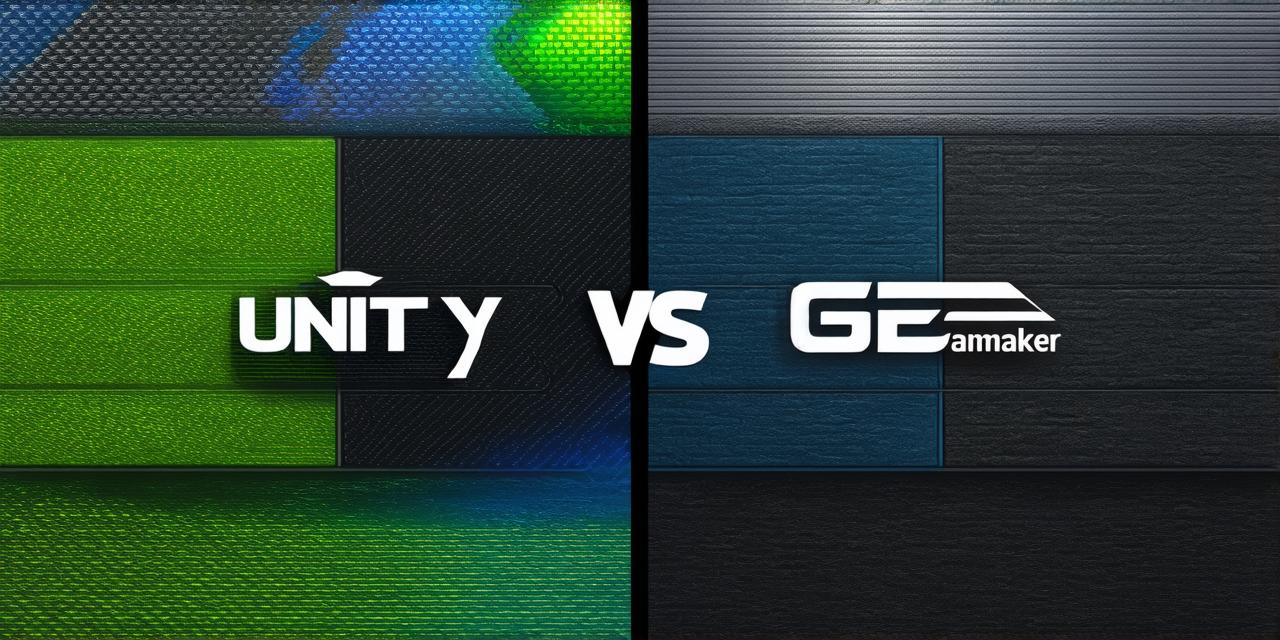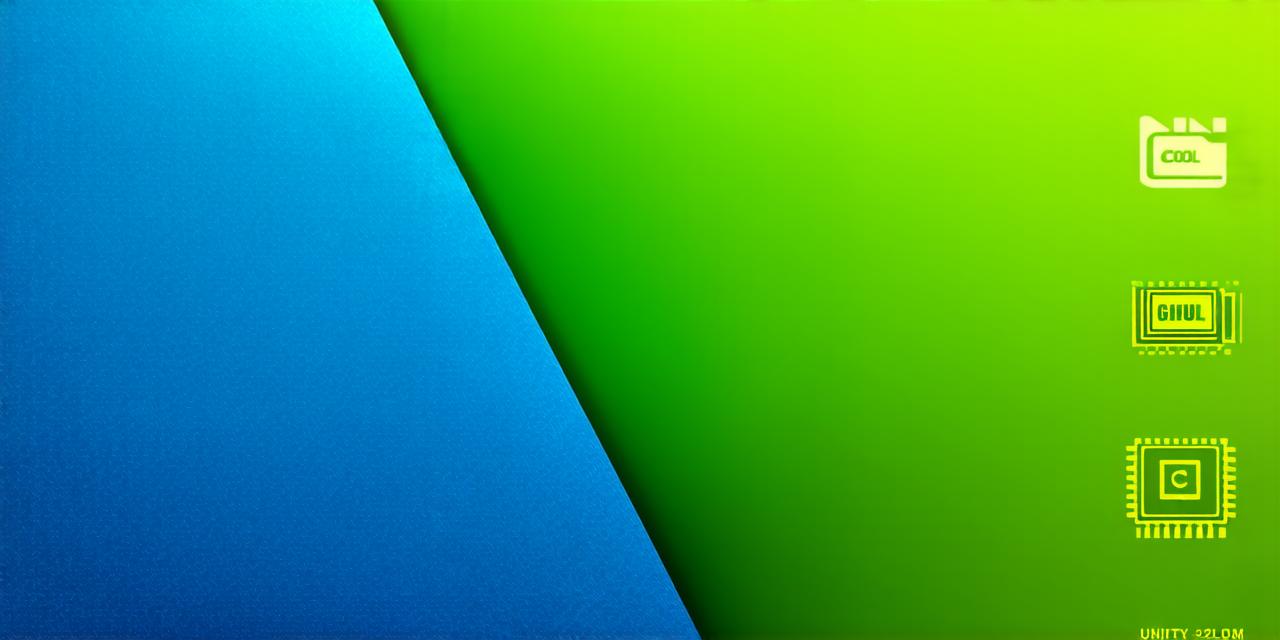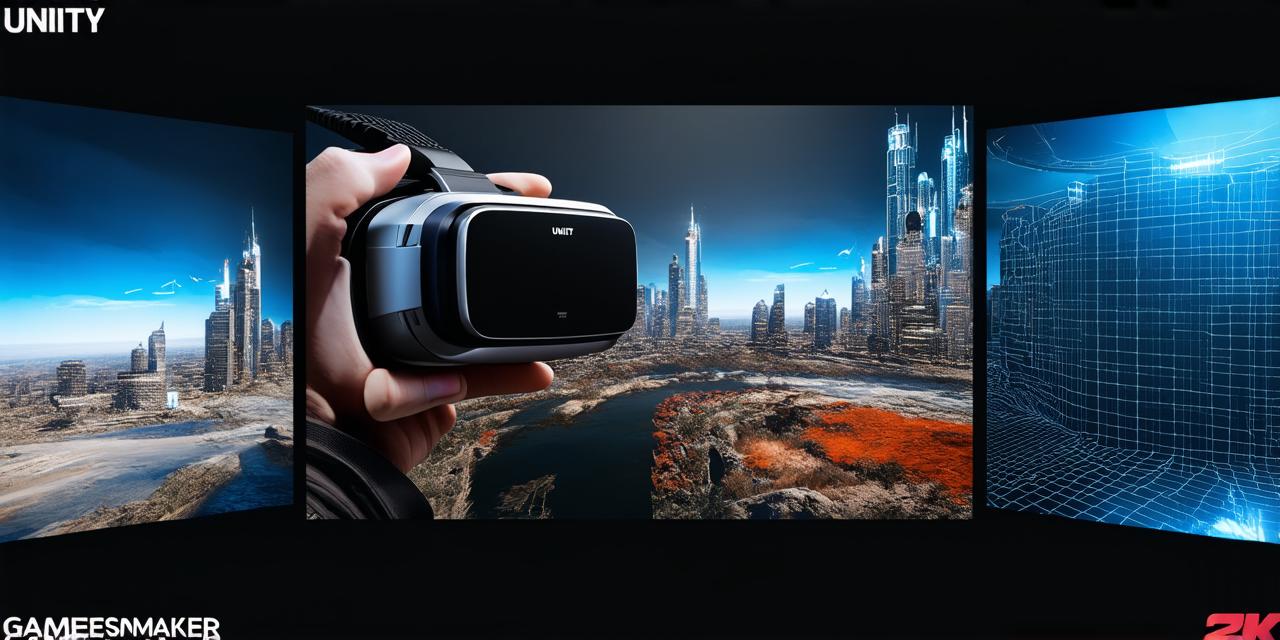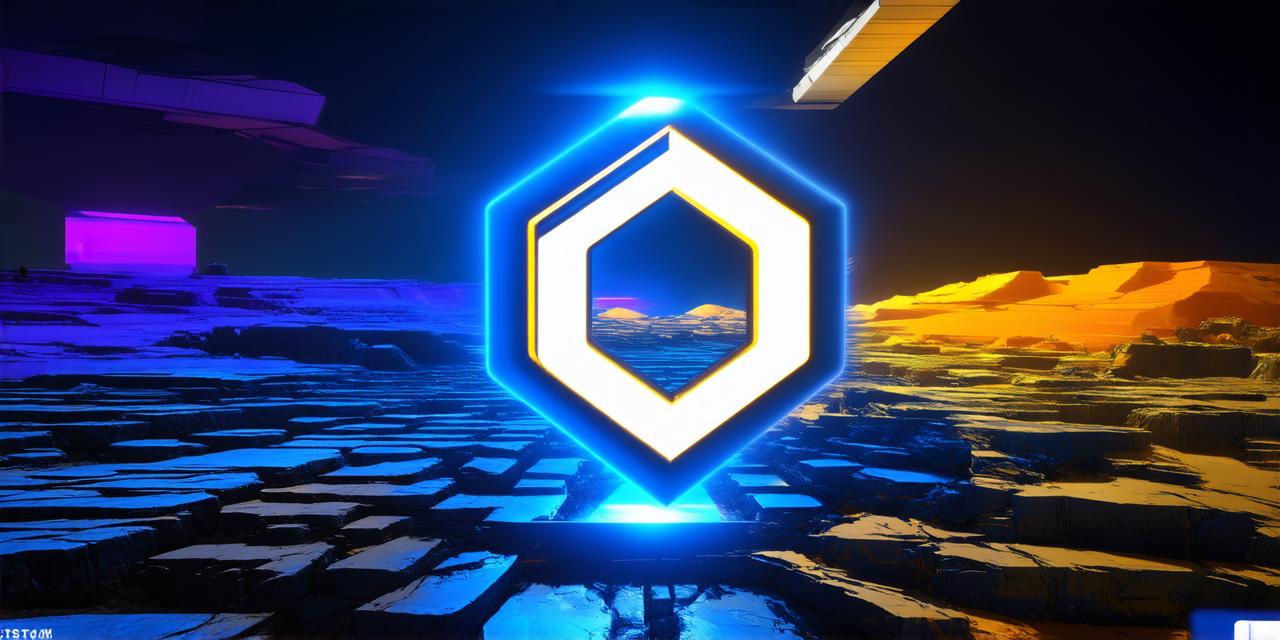When it comes to creating 3D applications, there are several tools and platforms available. One of the most popular is Unity, a cross-platform game engine that can also be used for creating interactive 3D experiences.
Unity vs. Unreal Engine
Unreal Engine is another popular tool for creating 3D applications, often used in the game development industry. While both engines offer similar capabilities, there are some key differences between them. For example, Unity is more beginner-friendly and has a larger community, while Unreal Engine is more powerful and offers more advanced features.
Advantages of using Unity for 3D applications
Ease of use
Unity is known for being easy to use, even for those with little or no prior experience in 3D development. This makes it a great option for beginners who want to create simple 3D experiences. Additionally, the large community surrounding Unity offers plenty of resources and support for developers of all skill levels.
Cross-platform compatibility
Unity supports multiple platforms, including Windows, macOS, iOS, Android, and more. This means that you can create a 3D application once and deploy it to multiple devices without having to rewrite the code. This makes Unity a great option for creating cross-platform games or interactive experiences.
Large library of assets
Unity has a large library of pre-made assets, including models, textures, and animations, that you can use in your 3D applications. This can save time and effort when creating complex scenes and environments.
Affordable pricing
Unity is relatively affordable, with a free version available for personal projects and a paid version starting at $25 per month for professional use. This makes it accessible to developers of all budgets, including small indie studios and large enterprises.
Case study: Using Unity for a virtual reality game
One great example of Unity in action is the creation of the popular virtual reality (VR) game “Beat Saber.” Developed by Beat Games, this game uses Unity as its engine and was released on Oculus VR and HTC Vive platforms. The game has been a huge success, with over 10 million players worldwide.
Disadvantages of using Unity for 3D applications
Limited performance
Unity can struggle with more complex 3D scenes and real-time graphics, especially when compared to other engines like Unreal Engine. This can be a problem for high-end games or applications that require a lot of processing power.
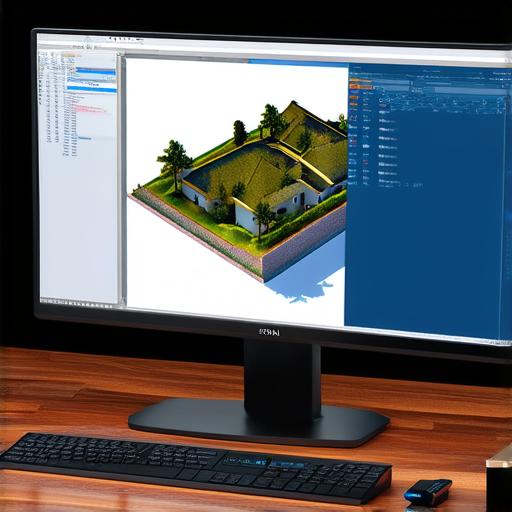
Lack of advanced features
While Unity offers many features for creating 3D applications, it may not have the same level of advanced functionality as more specialized engines like Unreal Engine. For example, Unity’s animation tools may not be as powerful or flexible as those found in Unreal Engine.
Steep learning curve for some features
Unity can be overwhelming for beginners who are just starting out in 3D development. Some of its more advanced features, like scripting and physics simulation, can have a steep learning curve and may require additional training or resources.
